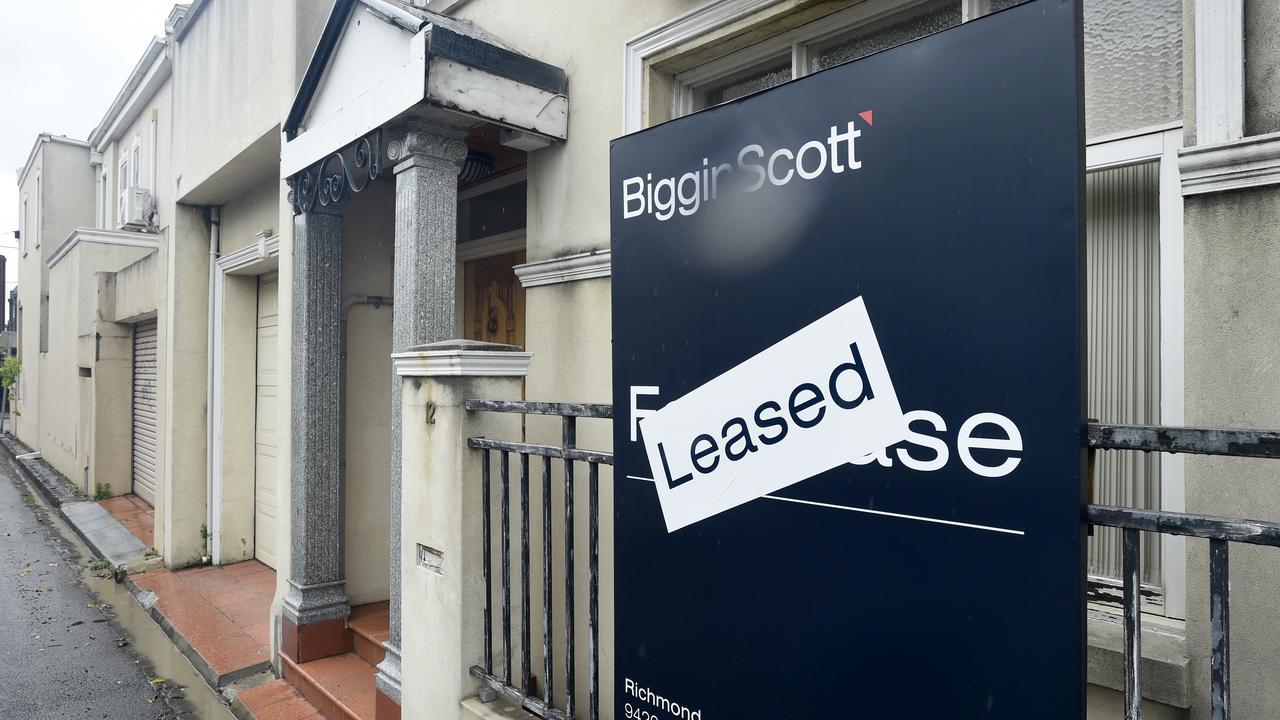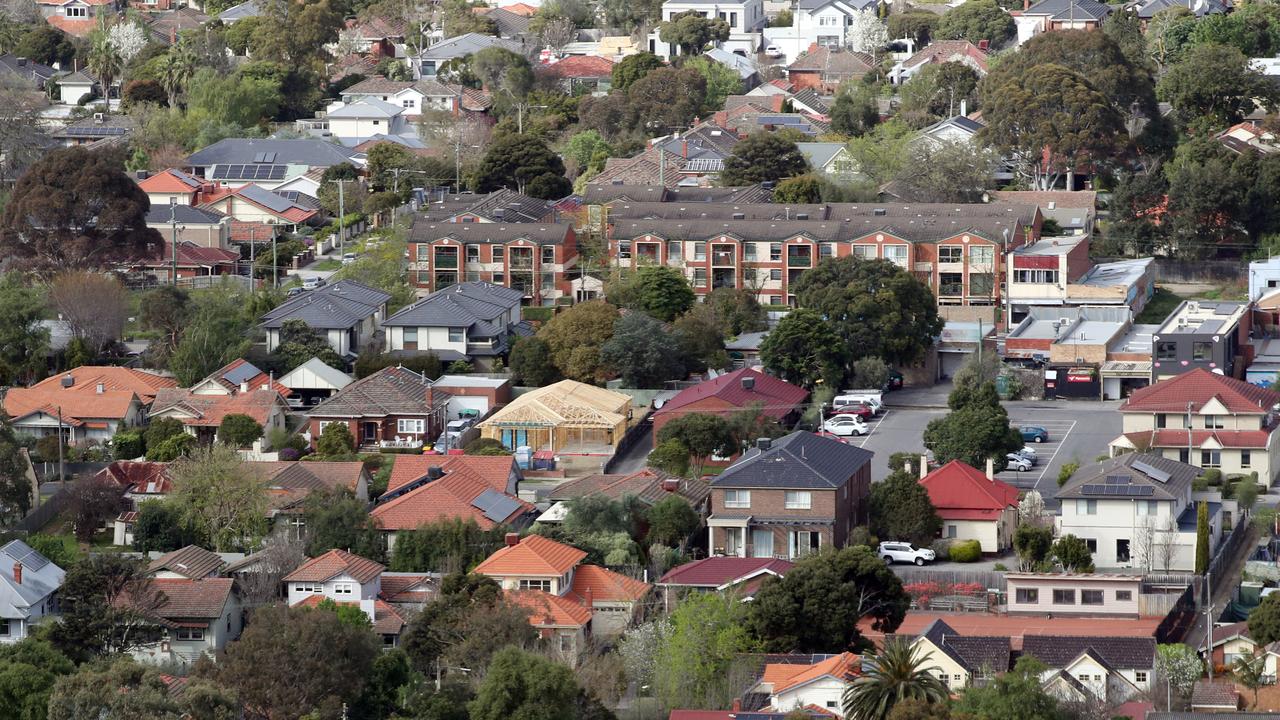Down the drain: suburbs where homeowners are bleeding money
Aussie homeowners in some city pockets are selling homes for less than they paid, despite values rising in most of the country.
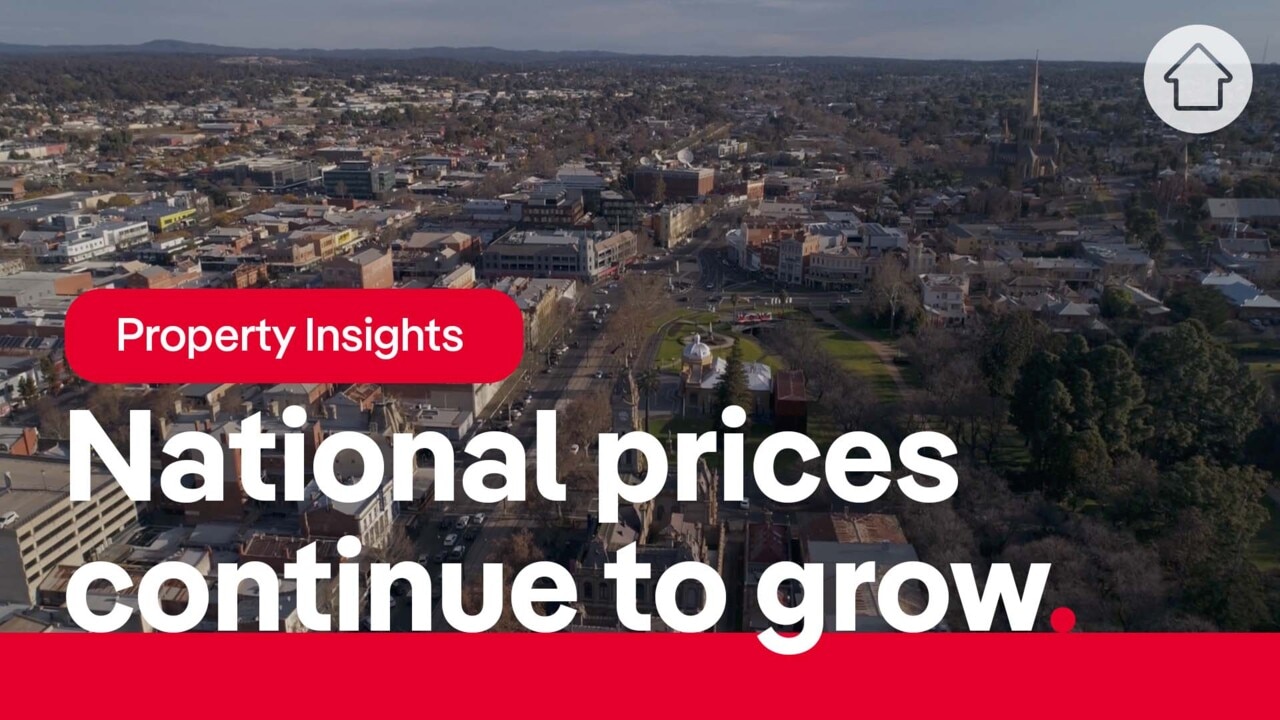
Property
Don't miss out on the headlines from Property. Followed categories will be added to My News.
Home values have started to rise again nationally but property owners in many locations are continuing to bleed money from lofty repayments and resales at prices lower than what they paid.
New sales and repayment analysis showed the most challenging markets for property owners tended to be units in the CBDs of Australia’s capitals, along with other high density locations.
Many of these areas took the biggest hit from last year’s barrage of rate hikes, with recent rent increases failing to offset the cost of higher repayments.
These locations had among the lowest rental returns in the country and owners were frequently losing money when reselling.
The resale losses averaged as much as $75,000 in some areas, data analysis showed. Most of the sellers who lost money had owned their properties for less than five years.
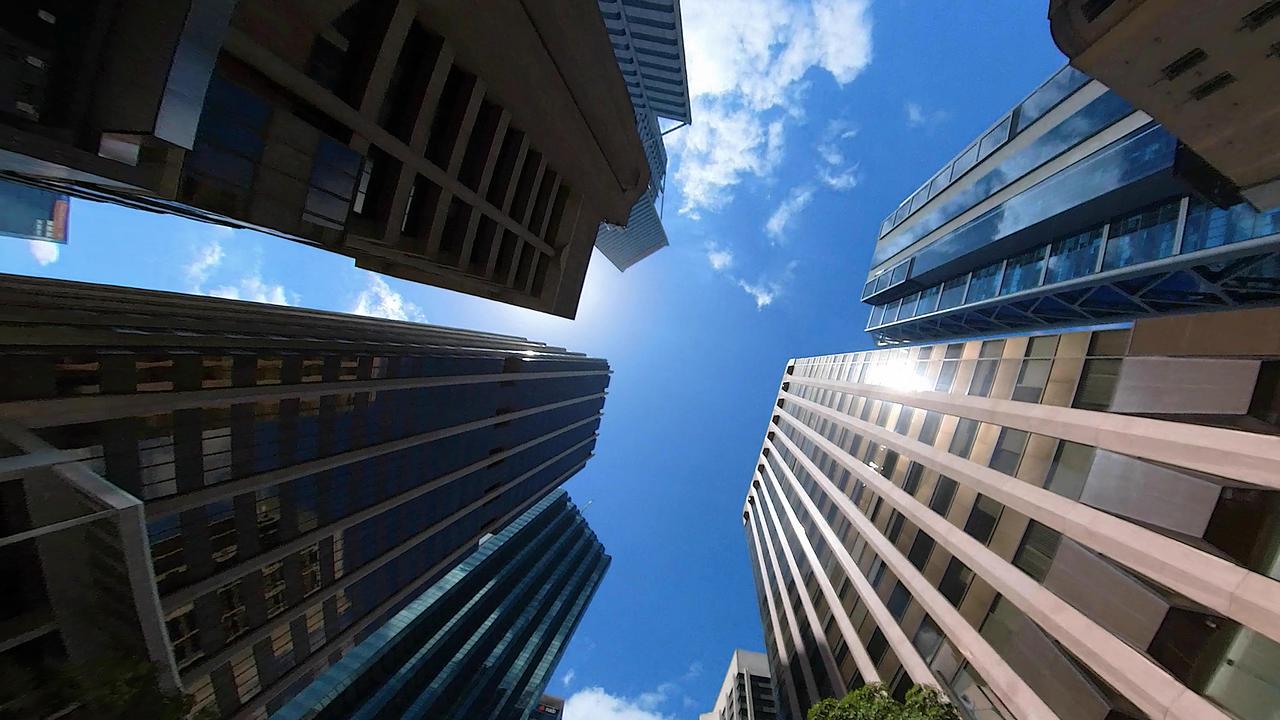
“Prices are growing again but they’re not growing everywhere,” said Nerida Conisbee, chief economist at Ray White.
“In areas with a lot more units, especially high-rise units, there is more property to choose from for buyers and (tenants) and the buyers are fewer.
“The areas with the strongest price growth at the moment, which are seller’s markets, tend to be low density and there are lots of people wanting to live there.”
Ms Conisbee added that the greater housing supply in high-density areas made it harder for investors to get good rental returns, which made it challenging to attract new investment to these markets.
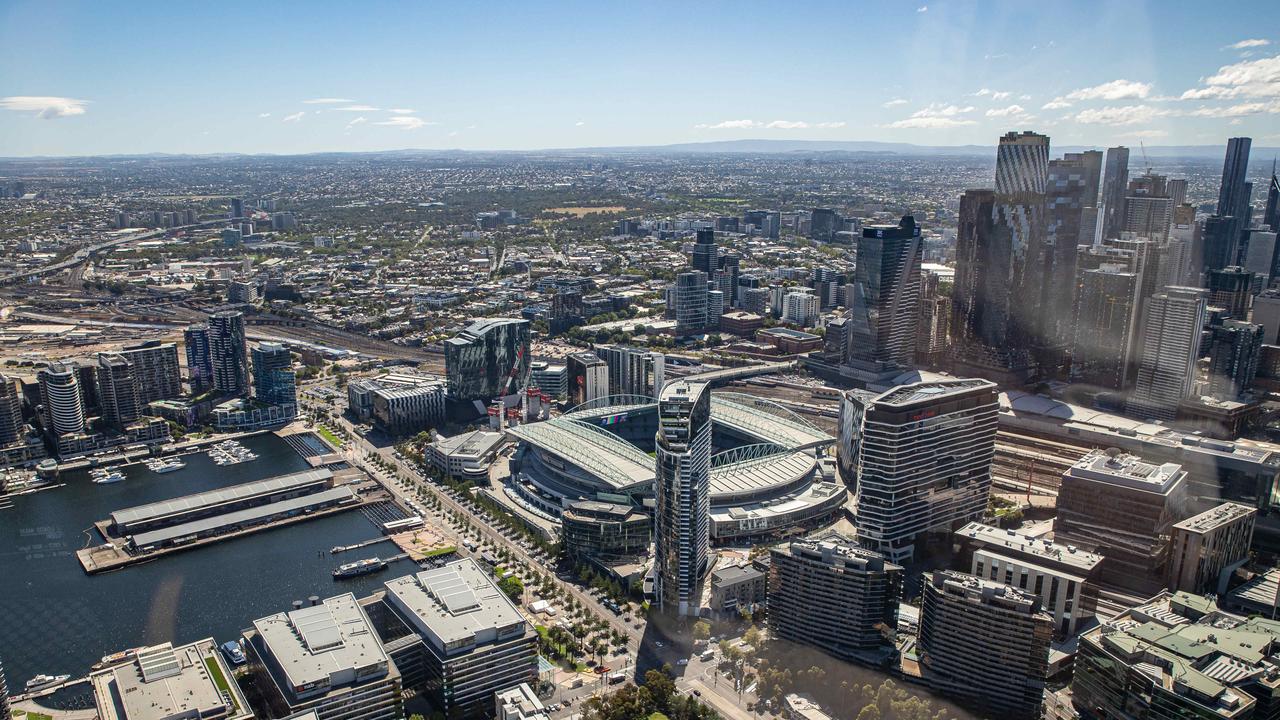
The lowest rental returns were typically in the pricier postcodes of Melbourne and Sydney, according to PropTrack figures published in a recent Market Trends report.
Property owners in these areas often paid much higher prices for their properties and their greater debt burden made them more vulnerable to interest rate changes. Investors also relied more heavily on negative gearing concessions in some of these Sydney and Melbourne areas.
Experts indicated the low rental yields and increased holding costs may have been an incentive for struggling landlords to sell.
Lower yields also served as a disincentive for new investors to purchase units in these areas due to the higher holding costs.
It comes as a separate study showed up to half the sellers in some CBDs and other high-rise locations lost money on their properties when selling last year.
The biggest average dollar losses were recorded in the Darwin CBD.

Just over a third of property owners in the Darwin CBD who sold in the September quarter accepted a price that was lower than what they paid and the median loss was $75,000, according to CoreLogic.
About 41 per cent of sellers in the Melbourne CBD, which includes the heavily developed Docklands area, lost money on their sales and the median loss was $59,000.
The most frequent losses were in the Perth CBD, where about 52 per cent of sellers lost money. The median loss was $67,500.
Losses weren’t as frequent in the Sydney CBD (12.1 per cent of sales) but many of the NSW capital’s emerging CBDs and high-rise residential hubs did see greater losses.
Roughly a quarter of sellers in the LGAs of Ryde and Strathfield sold for less than they paid, losing an average of $55,000 and $50,000, respectively, according to the research.
Strathfield house investors incurred an additional blow: the lowest yields for an LGA in the country, with house returns averaging 1.6 per cent. Units returns averaged 5.2 per cent, PropTrack indicated.
Conditions were similar in nearby high-density precinct Burwood, where house yields were 1.9 per cent and units were 4.7 per cent.
About a quarter of Burwood sellers lost money on their sales, with the average loss coming in at $34,500.
About 22.5 per cent of Parramatta sellers incurred a loss, averaging $47,300. In nearby Cumberland, it was 17.4 per cent of sellers and an average loss of $40,000.

Data scientist and DSR Score founder Jeremy Sheppard said owners of units in high rise buildings frequently struggled to profit off their investments over about five years due to the way new development was typically released.
“Marketers go to a lot of trouble to pump up new developments and it’s more common for buyers to pay too much for these units to begin with,” Mr Sheppard said.
“It’s also a lot easier for these areas to become oversupplied with units because the next developer can build something really similar next door.
“The other thing is that, when it comes to property, nothing depreciates faster than a new unit, especially ones with little land value. Over time, it’s the land that appreciates while buildings depreciate.
“If there’s little land value in the development, in other words, the land to asset ratio is low, then most of the cost of that investment will be depreciating.”
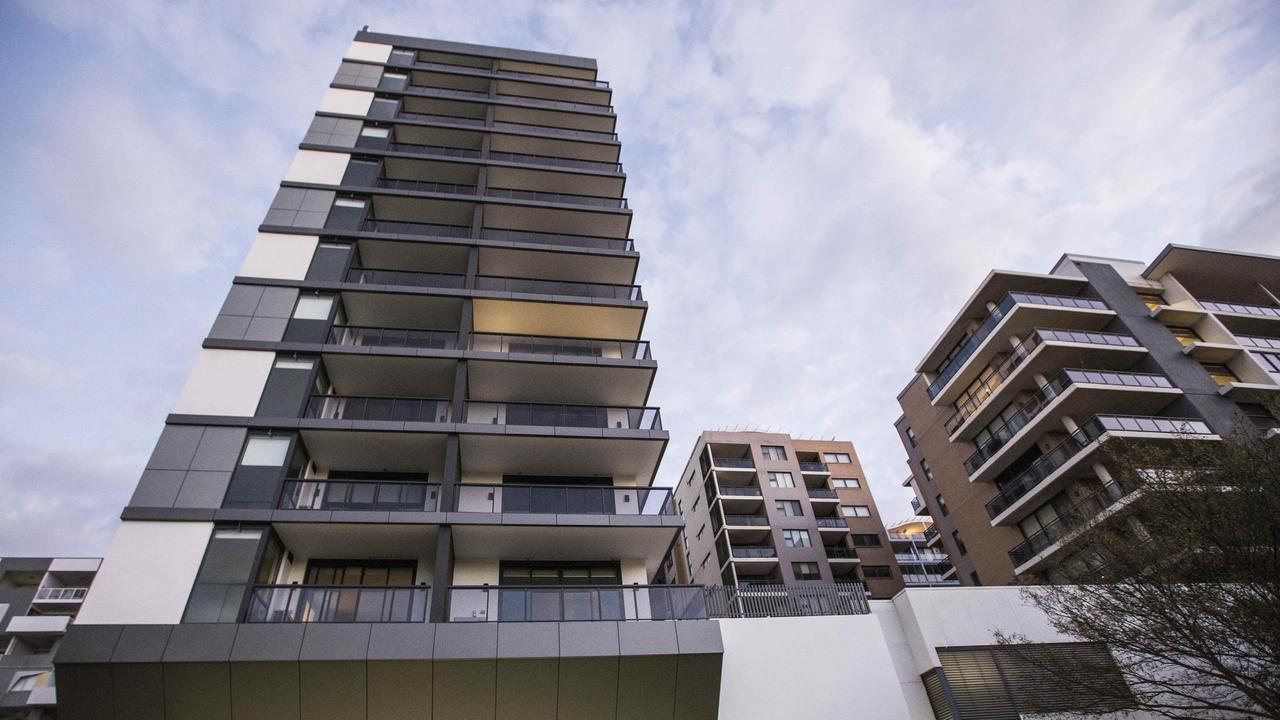
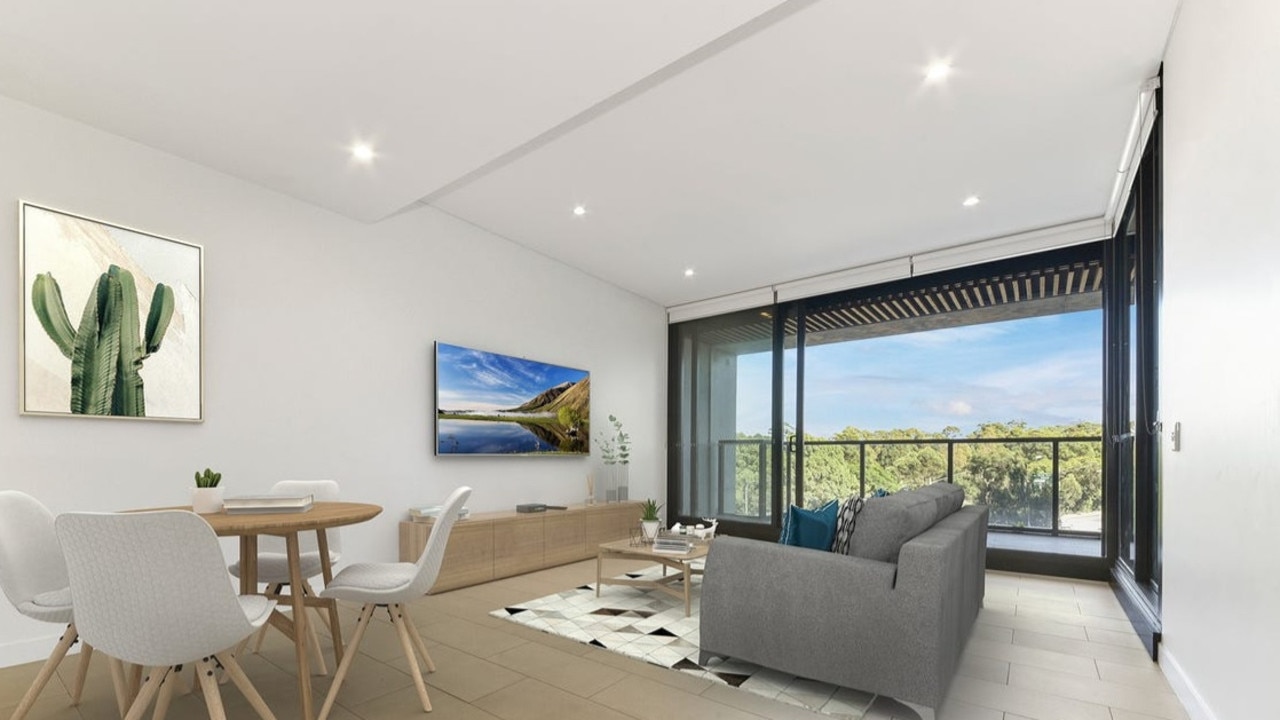
Challenging sales conditions in the high-rise market have come as prices across the country as a whole rose.
PropTrack Home Price Index figures released earlier this month showed Australian home prices lifted 0.45 per cent over February and are now 6.15 per cent higher than a year ago.
Prices in the combined capital cities rose 0.48 per cent to a fresh peak in February and are now 7.06 per cent higher year-on-year.
PropTrack economist Eleanor Creagh said national prices were rising because of strong population growth, tight rental markets and a resilient labour market. Housing construction was also failing to keep up with demand, she noted.
Mr Sheppard said heavily developed unit markets may continue to be an exception to the prevailing growth trend because some still had a long pipeline of new housing projects being released.
“If you’re just looking for a roof over your head and you like the lifestyle on offer, then from a owner occupier point of view, there may be good opportunities for buying,” he said. “But if you’re after capital growth, it will be difficult in these areas because developers may still be planning new housing releases that will water down any chance of growth.”
More Coverage
Originally published as Down the drain: suburbs where homeowners are bleeding money








